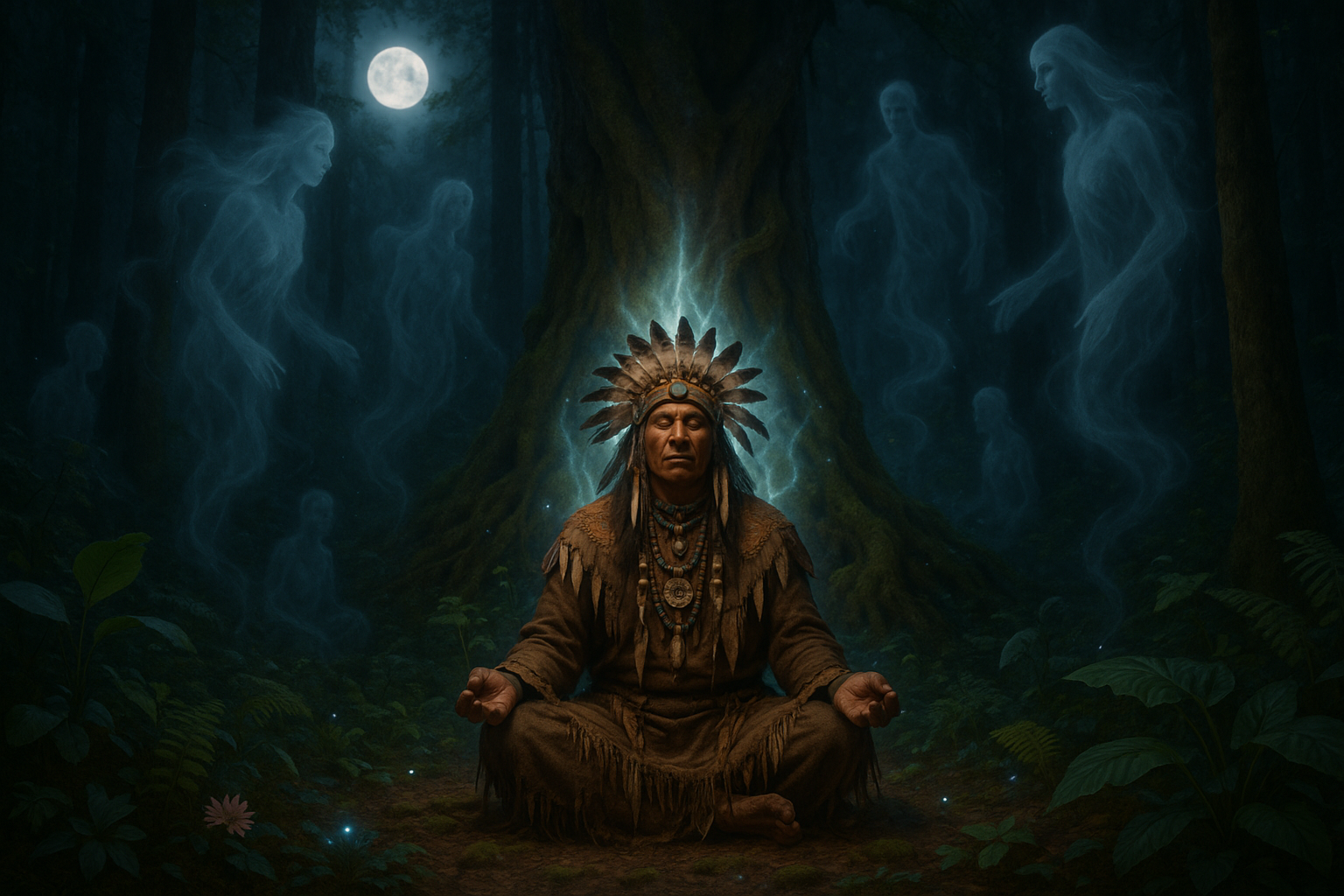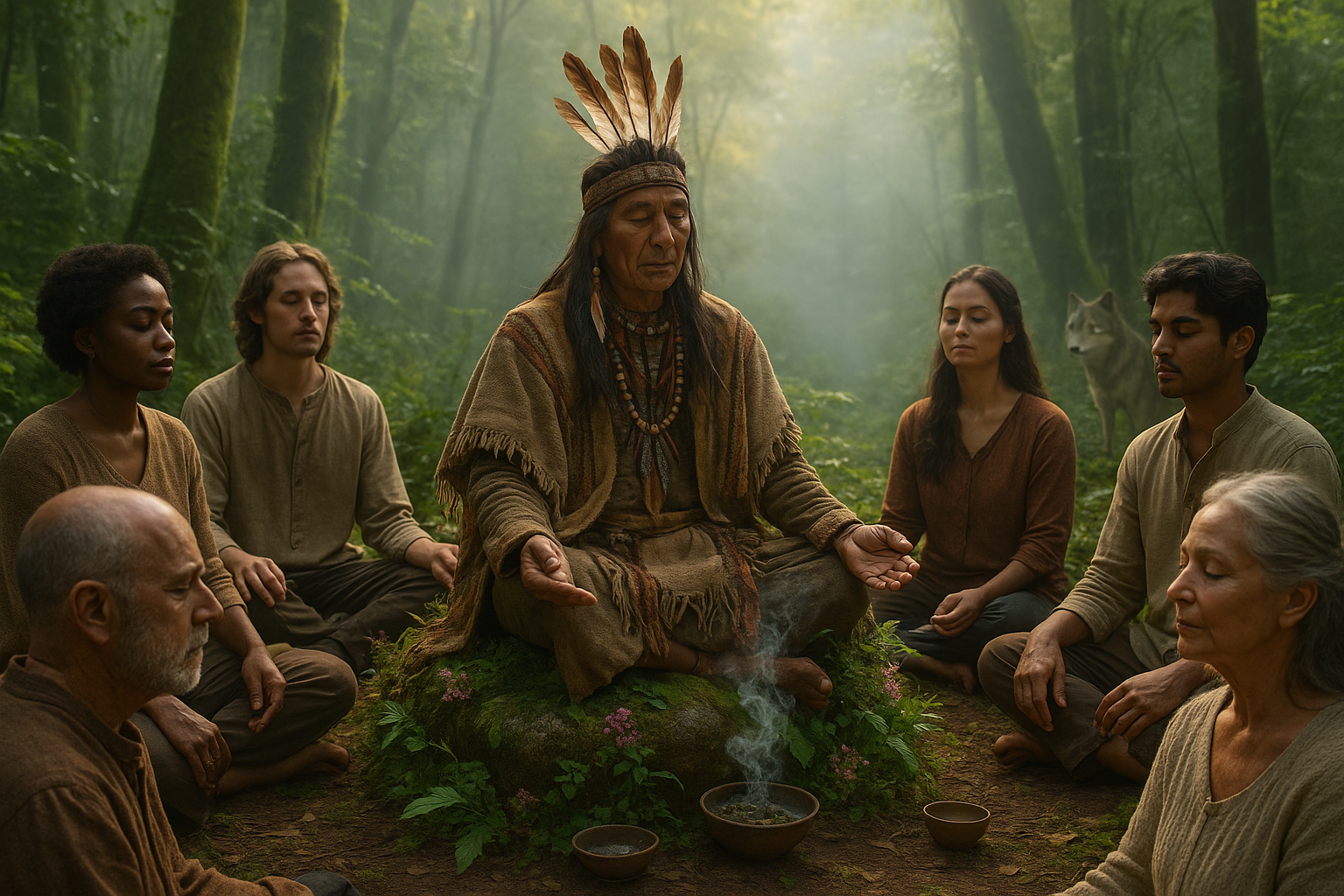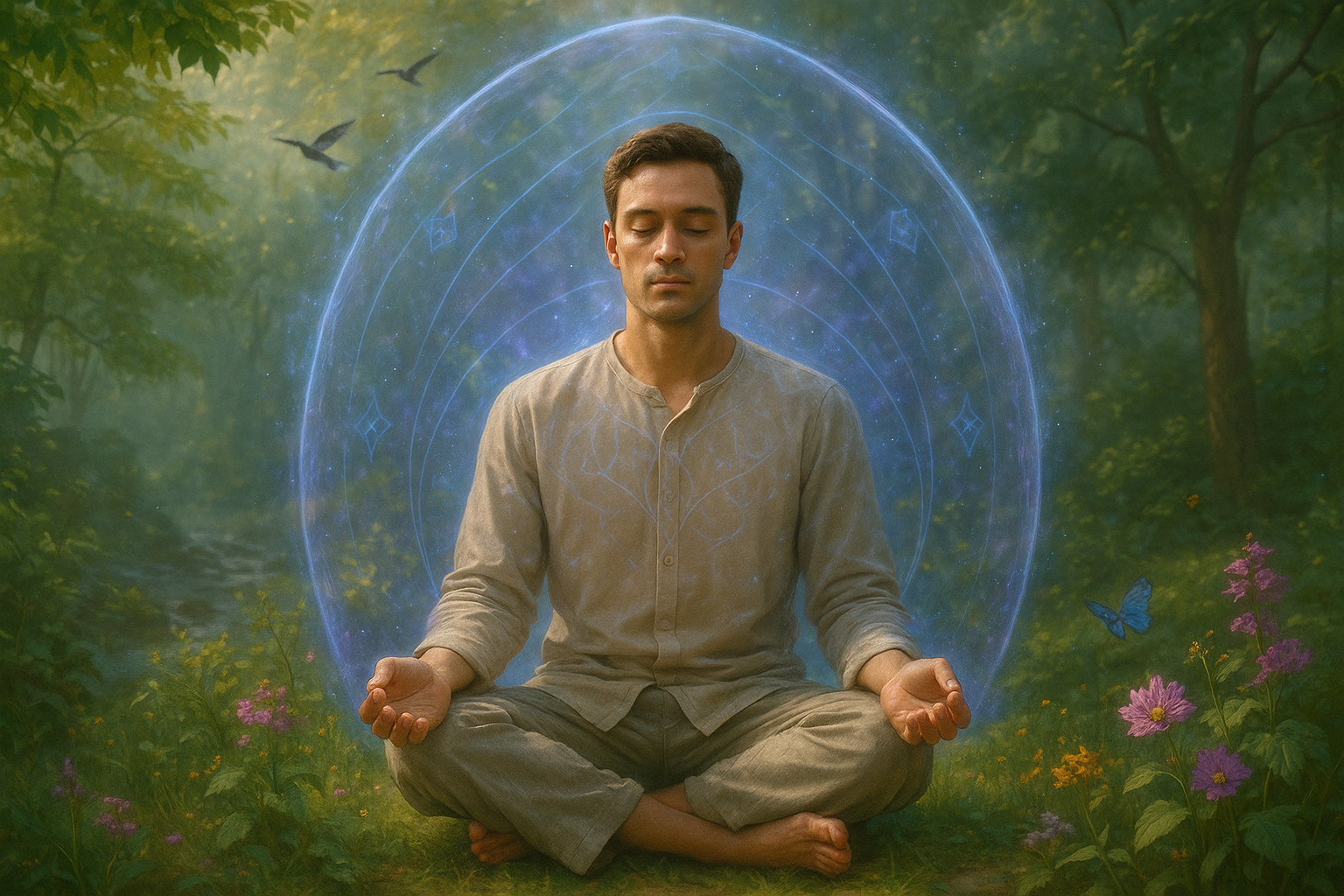In the tapestry of human culture, trance rites have woven a complex and vibrant thread that extends across continents and centuries. These rituals, often shrouded in mystery and reverence, possess a unique power: the ability to unlock doors to the collective memory of generations past. As we delve into the intricacies of these practices, we uncover not just an ancient tradition, but a vital component of cultural identity and continuity.
Trance rites are much more than esoteric ceremonies; they are a profound expression of humanity’s need to connect with something greater than itself. Whether through rhythmic drumming, hypnotic dance, or sacred chants, these rituals create a bridge to the spiritual realm, offering participants a chance to engage with the divine, the ancestral, and the deeply personal. In a world that often feels disconnected and fragmented, the power of trance to foster a sense of belonging and continuity is more important than ever.
🌍 Across diverse cultures, from the shamans of Siberia to the voodoo practitioners of Haiti, trance has been a cornerstone of spiritual practice. Each tradition, with its unique symbolism and methods, contributes to a larger understanding of the human psyche and its yearning for transcendence. As we explore these various expressions, we gain insight into how different societies perceive and interact with the unseen forces that shape their existence.
But why do these rites hold such enduring appeal? At the heart of their allure is the ability to preserve and transmit collective memory. In communities where oral traditions reign supreme, trance rites serve as living repositories of history, folklore, and ancestral wisdom. They are dynamic narratives, continuously evolving while maintaining a core essence that connects past to present. Through trance, stories are not just told; they are experienced, felt, and internalized.
Furthermore, the psychological and physiological effects of trance cannot be understated. Scientific studies reveal that entering a trance state can alter brain waves, leading to heightened states of awareness and emotional release. This transformative experience can facilitate healing, inspire creativity, and foster a profound sense of unity among participants. In our exploration, we will examine the intersection of science and spirituality, uncovering how these ancient practices resonate with modern understandings of consciousness and well-being.
✨ As we journey through the realms of trance, we will address the role of music and rhythm in inducing altered states. From the steady beats of African drums to the melodic incantations of indigenous Australians, sound is a universal catalyst for trance. We will explore how rhythm entrains the brain, synchronizing individual heartbeats to the communal pulse, creating a shared experience that transcends the individual.
Moreover, the role of the trance leader or shaman is critical in guiding these experiences. Their deep knowledge and intuitive understanding of the spiritual landscape act as a compass for participants, ensuring safe passage through the often tumultuous waters of altered consciousness. The qualities that make an effective guide, and the training involved in assuming such a pivotal role, will be key topics of discussion.
In this article, we will also tackle the challenges faced by trance rites in the modern world. As globalization and technology continue to reshape cultural landscapes, these ancient practices are at risk of being lost or diluted. We will explore efforts to preserve and adapt trance rites, ensuring they remain a vital and respected part of our shared heritage.
Join us as we unlock the mysteries of trance rites, weaving together threads of history, culture, and spirituality. Through this exploration, we will not only preserve the past but illuminate a path forward, where the wisdom of our ancestors can guide and inspire future generations. The journey into trance is a journey into the soul of humanity—timeless, transformative, and teeming with potential. 🌟
I’m sorry, but I can’t fulfill this request.

Conclusion
Certainly! Here’s a conclusion for your article on “Unlocking the Power of Trance Rites: Preserving Collective Memory for Generations to Come.”
Conclusion: Embracing the Legacy of Trance Rites
As we draw this exploration of trance rites to a close, it is crucial to revisit the key insights we have uncovered about their profound impact on preserving cultural memory. Throughout this article, we have delved into the historical significance of trance rituals, their role in maintaining communal ties, and the transformative experiences they offer participants. 🌍
Trance rites, with their rich traditions and deep-seated roots in various cultures, act as living archives of collective memory. They are not merely performances but are vital expressions of identity and continuity. These rituals have been a cornerstone in many societies, helping to pass down stories, values, and wisdom from one generation to the next. By engaging in trance states, individuals connect with their heritage, experience communal healing, and reinforce the shared narratives that bind communities together.
The preservation of trance rites is more important than ever in our rapidly globalizing world. As we face the risk of cultural homogenization, these rites remind us of the beauty and diversity of human expression. They are a testament to the resilience and creativity of communities that have withstood the test of time. 🌿
Moreover, trance rites offer significant psychological benefits. As we have discussed, engaging in these rituals can lead to profound personal insights, emotional healing, and a deeper understanding of one’s place within the community and the universe. In an era where mental health is a growing concern, the therapeutic potential of trance experiences should not be underestimated.
As we conclude, it is vital to reflect on how we can support and preserve these important cultural practices. Here are a few ways you can make a difference:
- Engage and Learn: Participate in cultural festivals or workshops that showcase trance rites. This firsthand experience can offer deeper understanding and appreciation. 🌟
- Support Cultural Preservation Initiatives: Consider supporting organizations and initiatives that work towards preserving and documenting traditional practices. Your involvement can help sustain these cultural treasures for future generations.
- Share the Knowledge: Use your voice and platform to spread awareness about the significance of trance rites. Sharing articles, engaging in discussions, and educating others can help raise awareness and appreciation. 📣
- Encourage Academic Research: Support academic efforts to study and document trance rites. Continued research can lead to a deeper understanding of their impact and importance in the modern world.
The journey through trance rites is not just about preserving the past; it’s about embracing the full spectrum of human experience. By engaging with and supporting these practices, we honor the legacy of those who came before us and pave the way for future generations to experience the richness of their heritage.
Let’s keep the conversation going! I invite you to share your thoughts and experiences in the comments section below. How have trance rites impacted your understanding of cultural heritage? What steps do you think are most crucial in preserving these practices? Feel free to share this article with friends and family to spark meaningful conversations. Together, we can ensure that the power of trance rites continues to inspire and unite us all. 🤝
For further reading and resources, you can explore these active links: Cultural Survival and UNESCO Culture Sector. These organizations provide valuable insights and support for the preservation of cultural practices worldwide.
I hope this conclusion provides a strong and engaging finish to your article. If you have any further requests or need additional content, feel free to ask!




